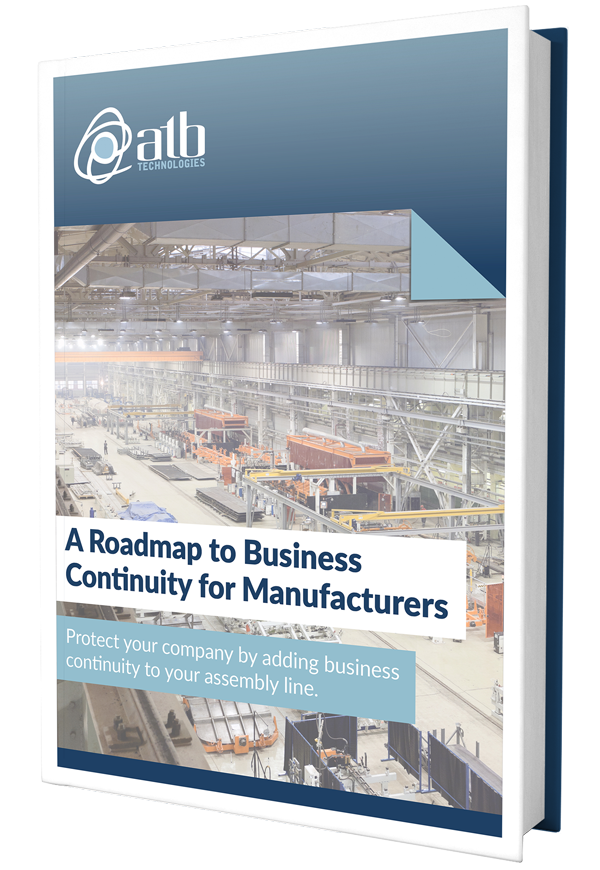Every business needs a technology disaster recovery plan (DRP).
But before you can generate a detailed template with actionable disaster recovery strategies and procedures, it is first important to understand what that really means.
An essential element of your organization’s business continuity strategy, disaster recovery plans (DRPs) allow businesses like yours to protect their IT infrastructure in emergencies by providing a documented list of procedures for your organization to follow. Plans prevent rash decision-making and ensure your employees always follow best practices in the wake of a disaster, allowing your organization to recover more quickly and completely than you would without one.

Want a roadmap to business continuity?
We’ve created a free whitepaper that covers the key steps toward minimizing downtime. Download it and take action to keep your business running.
Understanding Business Processes Is a Critical Component of Any Disaster Recovery Plan
Once you’ve decided to move forward with the creation of a DRP, you then need to perform a business impact analysis. This will help you identify and more fully understand the IT services and data processes that support your organization’s mission-critical business activities and will help you prioritize your recovery objectives. However, understanding your business processes, IT infrastructure, data backup strategies and continuity requirements is only the beginning.
The next phase of the disaster recovery plan process is to compile a comprehensive document that outlines specific guidelines and procedures to be undertaken in case of a disaster that adversely impacts your company’s information systems and business operations. This should be a highly detailed step-by-step plan that takes into account a variety of scenarios with specific actions to minimize the effects of the disaster and allows essential business functions to be quickly restored.
A document alone, however, will not ensure business continuity when disaster strikes. In fact, one of the most important pieces of the disaster recovery plan is communication and training. Ensuring that all impacted employees fully understand their roles and responsibilities as part of the disaster recovery team is essential, and disaster recovery protocols should be part of any business’ ongoing training efforts.
Contact ATB For All Your Technology Disaster Recovery Plan Needs
Don’t wait until you are facing a business disaster to figure out a plan. The team at ATB is here to help your organization develop and deploy a robust technology disaster recovery plan. We can help with everything from disaster recovery templates to specific procedures and implementation training. Contact us today to learn more about our disaster recovery and business continuity services.
